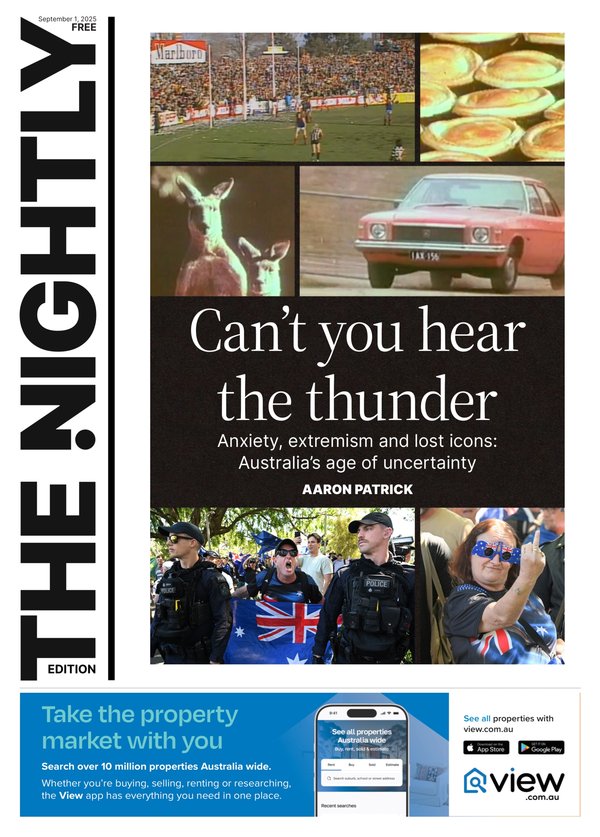Home Affairs Minister Tony Burke confirms 2025-26 permanent migration figure, resists pressure to reduce
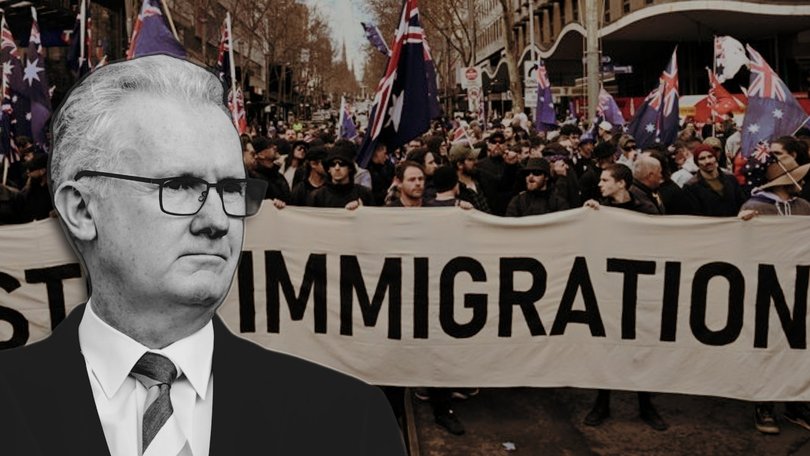
Australia’s permanent migration figures will remain at 185,000 over the 2025-26 financial year, Home Affairs Minister Tony Burke has confirmed.
The figures were released on Tuesday after tens of thousands of protesters stormed Australia’s capital cities demanding migration be lowered in order to put less pressure on housing and amenities.
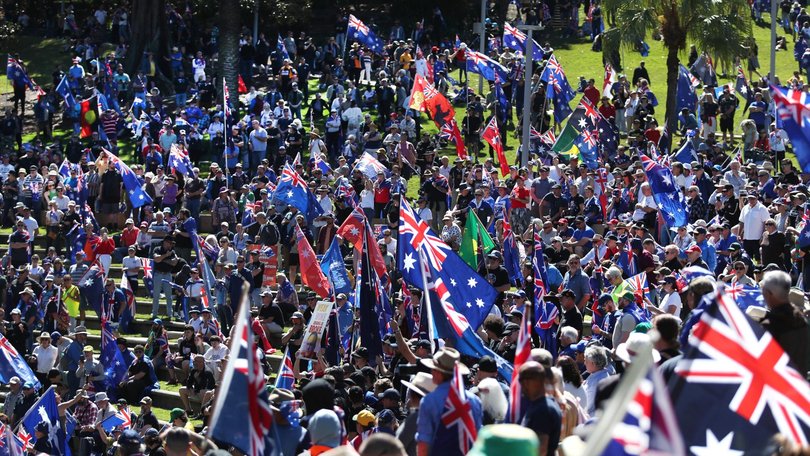
Sign up to The Nightly's newsletters.
Get the first look at the digital newspaper, curated daily stories and breaking headlines delivered to your inbox.
By continuing you agree to our Terms and Privacy Policy.Unlike overseas net migration, which accounts for visitors who remain in Australia for more than 12 months in a 16-month period, permanent migration includes the number of skilled, daily and humanitarian visas authorised by the government.
Mr Burke said the steady 185,000 figure would allow Australia to control migration growth.
“It follows consultation with the states and territories, which recommended maintaining the size and composition of the program, with a focus on skilled migration,” he said.
“The Department of Home Affairs has been processing visas based on last year’s level, so there has been no disruption to the delivery of the program.”
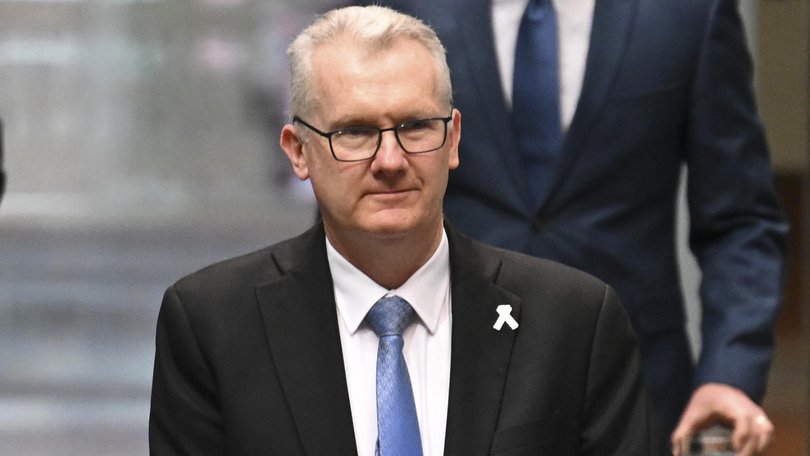
Mr Burke previously announced that detained criminals from the NZYQ cohort would be deported to Nauru in a secret $408m deal.
The Greens say they will attempt to kick the emergency legislation to a “short and sharp” inquiry.
‘Extremist’: Huge call amid migration fears
The Albanese government has also been accused of “empowering extremist views” by not addressing the underlying migration concerns that drove nationwide anti-immigration rallies at the weekend.
Senior minister Mark Butler was on Tuesday morning pressed on net overseas migration figures, which have most obvious impact on housing and services demands.
After peaking at more than 530,000 in 2022-23, Mr Butler told Nine’s Today that the new set-to-be-released figure is “substantially less than 500,000” but he could not say what it is.
“Well, we’re back down to a more ordinary level of people leaving the system,” he said.
The response prompted host, Karl Stefanovic, to liken the exchange “an episode of Frontline”.
“I can understand this is not your portfolio,” he said.
“But I think in government it’s pretty hot in the news right now and knowing the numbers would be good.
“And also I think that you are empowering extremist views by doing and saying nothing about it and not doing anything about it.”
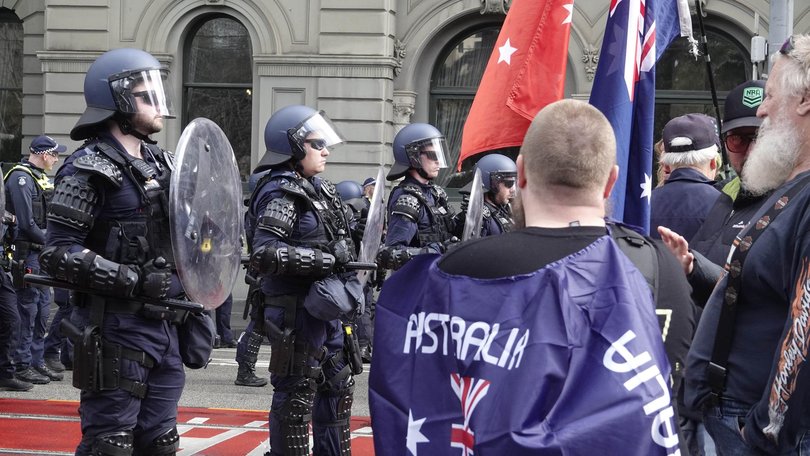
Thousands of flag-waving protesters turned out at the March for Australia demonstrations in cities across the country on Sunday.
They were overshadowed by the presence of neo-Nazis, prompting Labor and many others on Capital Hill to swiftly condemn the rallies altogether.
Some in Canberra have made the point that flags of Islamist militant groups have often popped up at weekly pro-Palestine protests, which have not received the same condemnation.
Prior to Mr Burke confirming the new permanent migration figure, it was tipped to stay near 185,000.
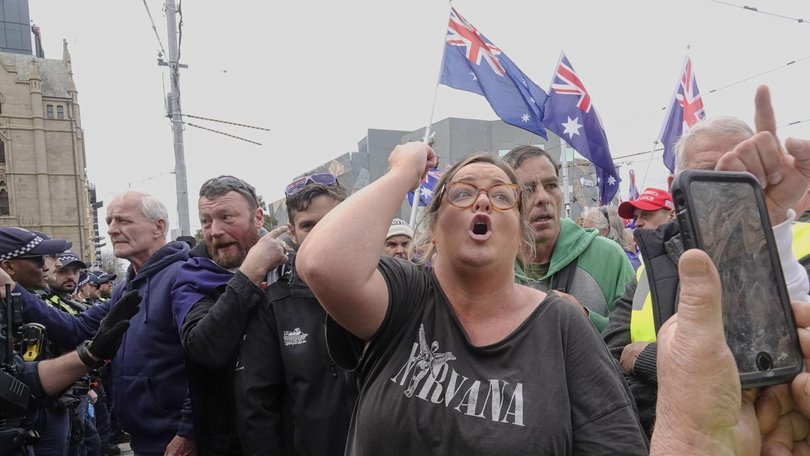
The more consequential figure is net overseas migration, which includes temporary visa holders and has a greater impact on housing and services.
“There was there was a big spike after Covid as people returned from overseas, particularly international students who’d left and gone back home during that once-in-a-century pandemic,” Mr Butler said.
“But we’re through that spike.
“We’re starting to see the rate come down to more normal levels.”
He added that “there is a real tension between recognising that there are real pressures on our housing system and other parts of the economy, while also … recognising we’re really struggling to get the workers we need to deliver the hospital services, the aged care services and build the houses we need”.
In 2023-24, net overseas migration was at 446,000, while total migrant arrivals fell from 739,000 to 667,000 – a 10 per cent drop.
International students made up the bulk, accounting for 207,000 arrivals.
Today host Karl Stefanovic charged “the key figure” is “the number of people who are coming here”, which Mr Butler pushed back on, saying “it’s the number of people coming in minus the number of people leaving, because the number of people leaving are obviously leaving houses, leaving apartments, leaving bedrooms”.
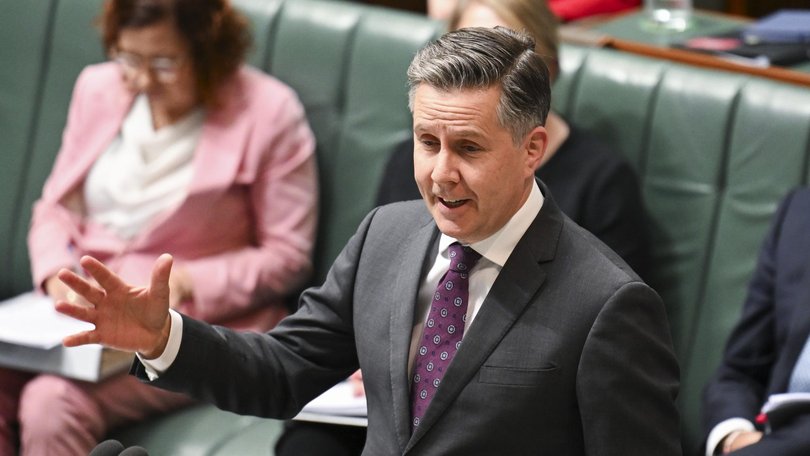
But pressed on net overseas migration, he could not give a figure.
“Well, we’re back down to a more ordinary level of people leaving the system,” Mr Butler said.
The response prompted Stefanovic to liken the exchange “an episode of Frontline”.
“I can understand this is not your portfolio,” he said.
“But I think in government it’s pretty hot in the news right now and knowing the numbers would be good.
“And also I think that you are empowering extremist views by doing and saying nothing about it and not doing anything about it.”
Mr Butler, who is health minister, defended the government and insisted “we’ve got that figure down”.
“I think, off the top of my head by about 40 per cent from the peak that we saw after Covid,” he said.
“The peak was unsurprising given the number of people who had left gone back home, particularly those international students who are a big part of our university sector.
“They did come back, but we’re getting those numbers back down to a more ordinary level of immigration.
“We’re a big immigration country, we have been really forever.”
Australia needs to be ‘vigilant’: Albo
Anthony Albanese has said neo-Nazis should not be “given a platform” following national anti-immigration marches, and said Australia needs to be “vigilant” about growing resentment about racism.
The Prime Minister said that while there’s “always good people who will turn up to their demonstrate their views about particularissues” he said Australia’s social cohesion must be protected.
“We’re a modern nation that’s benefited from our multiculturalism, that overwhelmingly people live in harmony, of differentethnicities, different religions, different backgrounds, and we’re enriched by the diversity in this country,” he told the ABC on Monday.
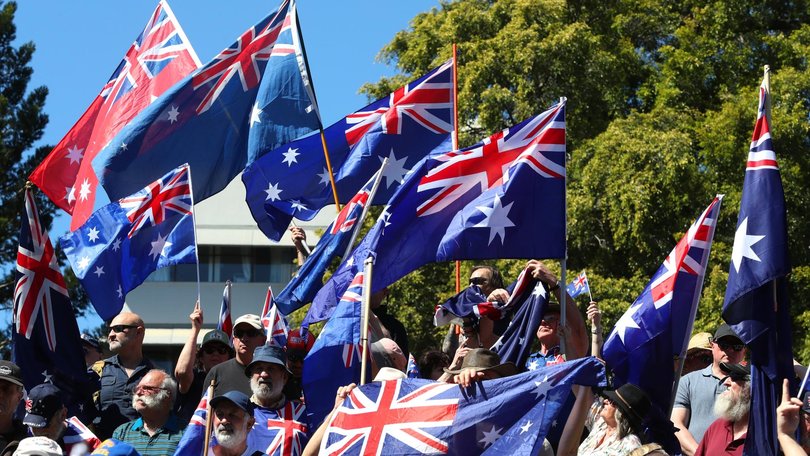
“We need to show respect for each other, and there will always be people who seek to say, look, your lot in life could bebetter and it’s because of people who don’t look like you.”
Asked if he was concerned about the “rising” levels of anti-immigration sentiment, Mr Albanese said that while governments need to be “vigilant about it,” social media had made it easier for incorrect facts to circulate.
He also noted that “there has always been elements” of anti-immigrant sentiment in Australia, noting anti-Asian sentimentdating back to the 80s.
“It’s much easier to organise through social media, through platforms, and easier as well for people who have their viewsreinforced, often which are based upon things that aren’t just fact,” he said.
“Like our net overseas migration is falling. It fell substantially in 2024 (and) of course there were going to be an increasenumber after the lockdown of our entire continent that occurred during Covid”.
Originally published as Home Affairs Minister Tony Burke confirms 2025-26 permanent migration figure
